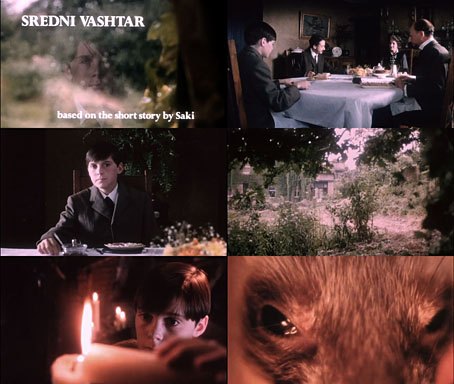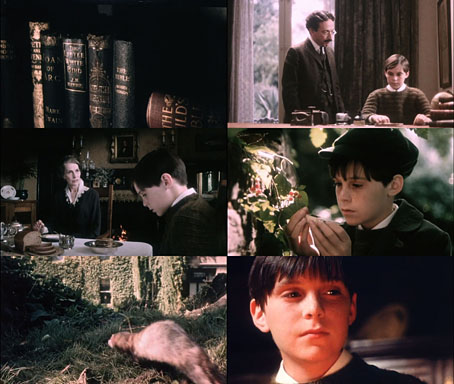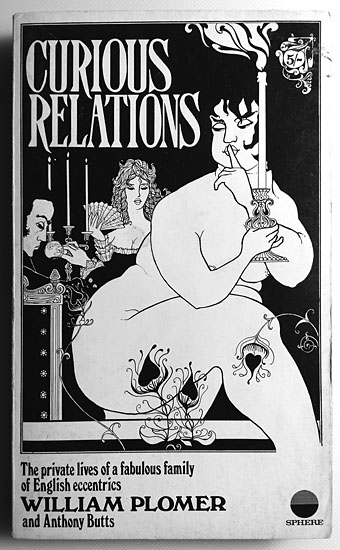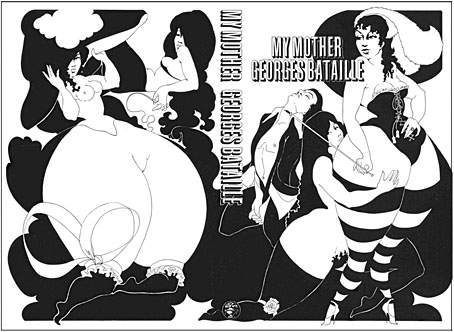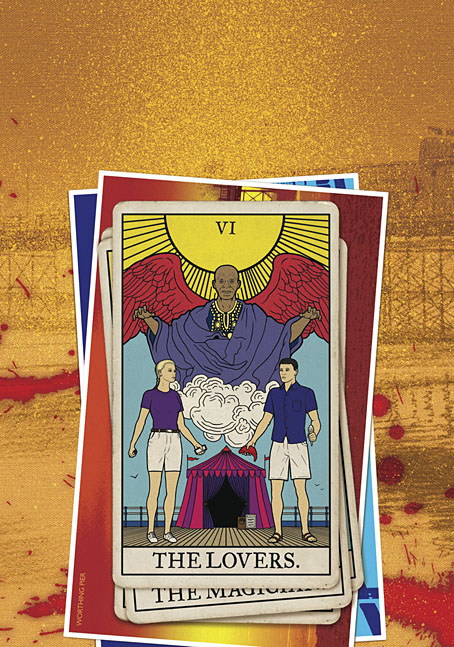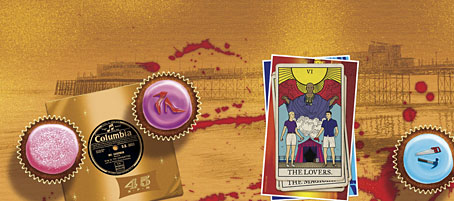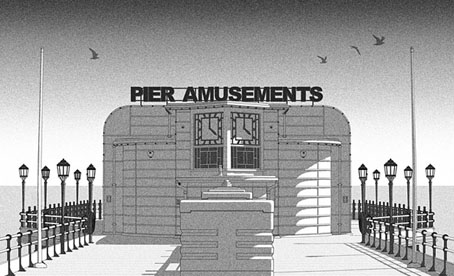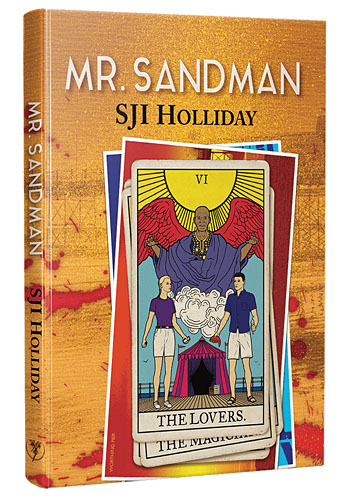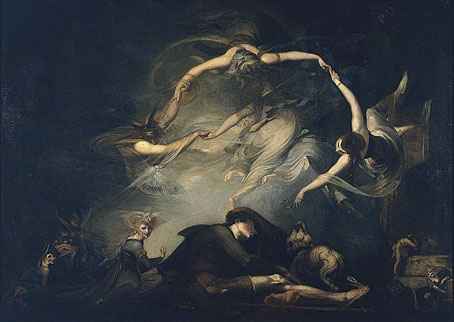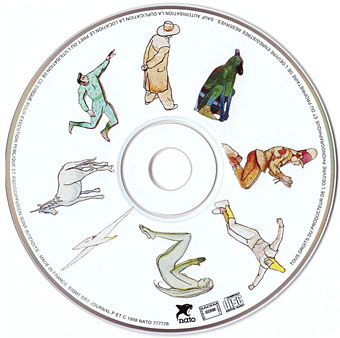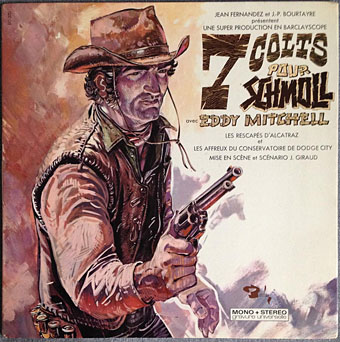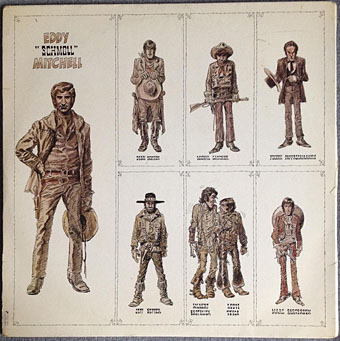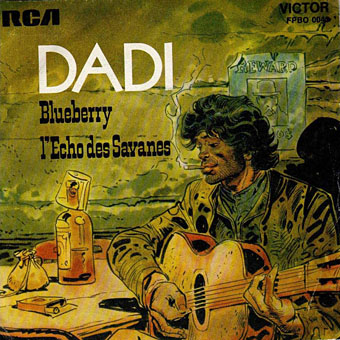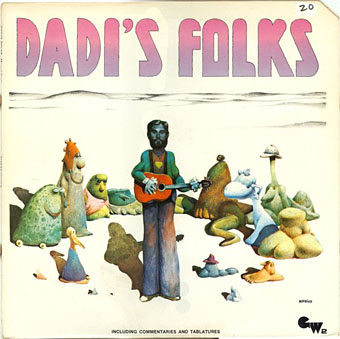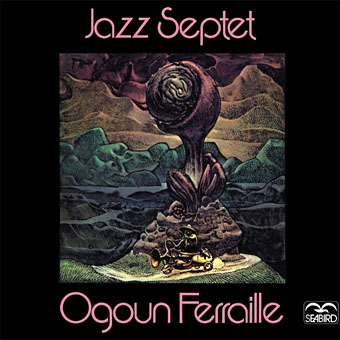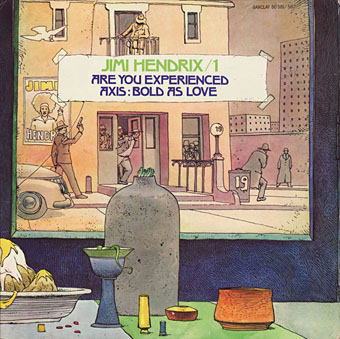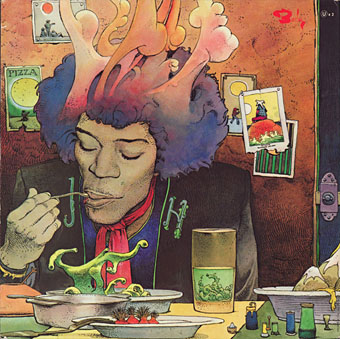And speaking of Sredni Vashtar (see yesterday’s post)… Screenwriter and director Andrew Birkin has a YouTube channel where he recently posted his own adaptation of the Saki story, a 25-minute film I hadn’t seen before. Or at least I don’t remember seeing it before. Birkin’s note says that the film was made to accompany screenings of the third film in the Omen series, The Final Conflict, which he also wrote. I saw this at the cinema but don’t recall any short being shown with it (then again, I don’t recall much of The Final Conflict either). This must have been one of the last occasions when a short was commissioned to be shown with a first-run feature since the practice was discontinued soon after. Sredni Vashtar is a fitting companion for a horror film replete with sinister tragedies, but shorts and features weren’t always so well-matched. I saw Alien three times on its first run, and on each occasion had to sit through a documentary about the ongoing Mod revival. “Yes, yes, yes, you love your Parkas and Vespas but we’re here for the monsters and spaceships…”
Anyway, Birkin’s Sredni Vashtar is a superior adaptation of the story that’s all the more impressive when you read that it was shot in a mere five days. Saki’s tale is an unusual one for having a serious tone that sets it apart from the stories that surround it in the Chronicles of Clovis collection. The default Saki mode is one of cheerful flippancy whatever the subject may be, and it’s often the ironic distance between the events described and the offhand manner in which they’re related that makes his work so memorable. Sredni Vashtar‘s tale of an ailing boy’s revenge on an oppressive guardian seems to have been more heartfelt than many of his other entertainments. Alexander Puttnam, the son of film producer David Puttnam, plays the browbeaten Conradin, while Birkin’s mother, Judy Campbell, is the boy’s guardian aunt. Themes from Carl Orff’s Carmina Burana are put to good use, and would have helped tie the short to the Omen series, the first two of which were scored with Jerry Goldsmith’s thundering Latin chants. There’s also a fleeting reference to JM Barrie, whose life Birkin had dramatised for the BBC, while the film as a whole looks forward to the not-so-innocent childhood rituals that Birkin explored in his debut feature as director, The Cement Garden. Watch Sredni Vashtar here, and if you enjoy it do read the story as well.
Previously on { feuilleton }
• Saki: The Improper Stories of HH Munro
• The Chronicles of Clovis and other sarcastic delights

